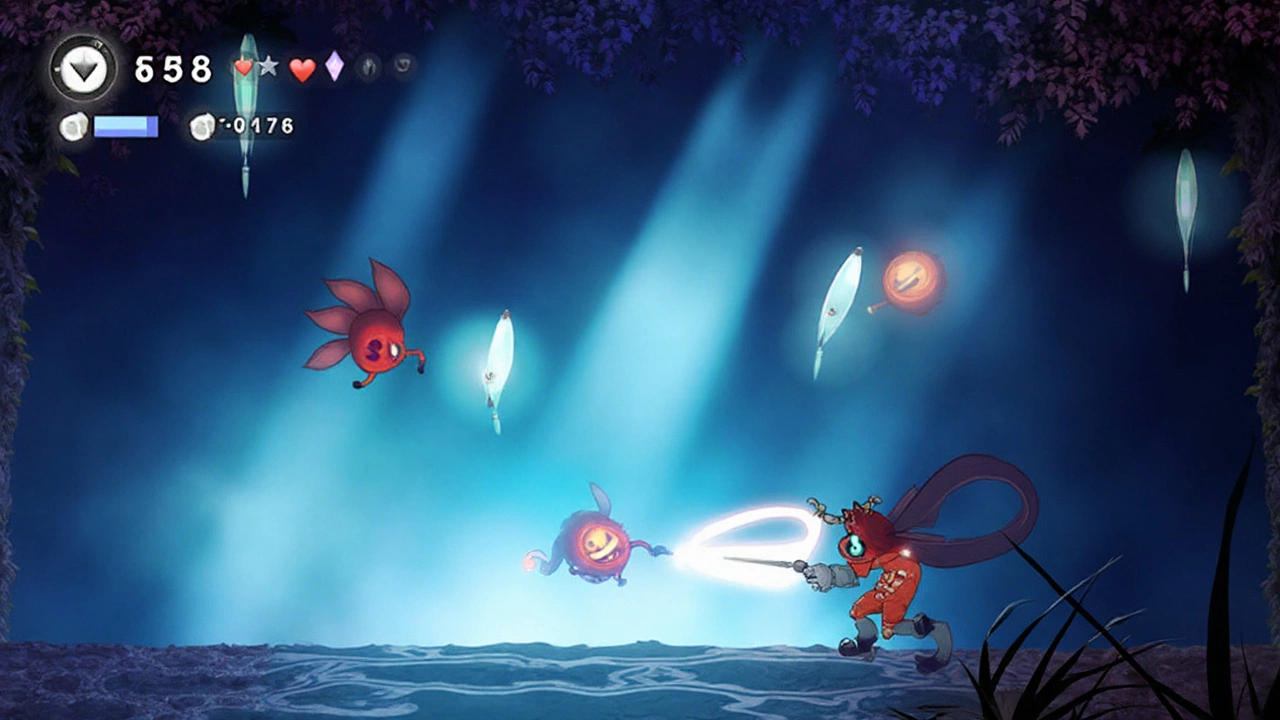Hollow Knight: Silksong – What You Need to Know Right Now
If you’ve been tracking indie games, you’ve probably heard the buzz around Hollow Knight: Silksong. It’s the long‑awaited sequel to Team Cherry’s hit Metroidvania, and the community can’t stop talking about it. In this guide we’ll break down the basics, share what’s been confirmed, and give you a few practical tips to stay ahead when the game finally drops.
What is Hollow Knight: Silksong?
Silksong follows Hornet, the fierce princess‑guard from the original title, as she finds herself in a brand‑new kingdom after a mysterious downpour. Instead of the dark, beetle‑infested Hallownest, you’ll explore a vibrant, vertically‑focused world packed with new enemies, bosses, and hidden rooms. The core gameplay stays true to the original’s tight controls and challenging platforming, but adds fresh mechanics like different movement abilities and a revamped charm system.
Key Features and Expectations
The developers have promised several upgrades that set Silksong apart. First, you’ll get a larger map with more verticality, meaning you’ll spend more time climbing and less time scrolling horizontally. Second, each area will have its own unique soundtrack, creating a stronger sense of place. Third, the charm system has been expanded to include over 30 new charms, giving you deeper customization options for combat and exploration.
Fans are also excited about the new combat flow. Hornet’s abilities are more fluid, with faster dash and stronger melee attacks. The game introduces a “nail‑upgrade” tree that lets you specialize in damage, speed, or defensive moves. This means you can craft a playstyle that feels completely yours, whether you love quick strikes or heavy hits.
On the visual side, Silksong uses a richer color palette and sharper animation. Enemies look more detailed, and the environments feel alive thanks to dynamic lighting and subtle background movement. The art style remains hand‑drawn, keeping that charming, slightly eerie vibe that made the first game so addictive.
One practical tip for anyone waiting on the release: start a habit of watching the official Team Cherry streams and community forums. They often drop small hints about upcoming updates, and early adopters can snag beta access or exclusive in‑game items. Signing up for the newsletter is a quick way to stay in the loop without checking every day.
When Silksong finally launches, you’ll want a solid plan for tackling the new map. Start by focusing on unlocking the first few major areas and collecting the early charms. Those early upgrades will make the tougher bosses much more manageable. It’s also worth noting that the game introduces a “secret finder” mode that highlights hidden passages – turn it on when you feel stuck.
Speedrunners will love the added vertical routes. The new dash mechanic allows for quicker room‑to‑room transitions, and many players are already experimenting with route optimizations. If you’re into that scene, consider recording your runs early on and sharing them on platforms like Twitch or YouTube – the community loves fresh content, and you might get featured by the devs.
Finally, remember that Hollow Knight: Silksong is designed to be challenging but fair. Expect to die a lot, learn enemy patterns, and then finally nail that perfect run. Keep a positive mindset, take short breaks when frustration builds, and celebrate every small victory. The satisfaction of finally beating a tough boss is worth the effort.
Bottom line: Silksong is shaping up to be a bigger, brighter, and more refined adventure than its predecessor. By staying informed, planning your early game strategy, and embracing the challenge, you’ll get the most out of this highly anticipated release. Happy hunting, and may your nail stay sharp!

Hollow Knight: Silksong launched on September 4, 2025, and player demand reportedly strained multiple digital storefronts. Users shared reports of timeouts, failed purchases, and slow downloads shortly after release. Official, detailed explanations were not immediately available. Here’s what likely happened, why it happens on big launches, and what to watch for next.
Read more
